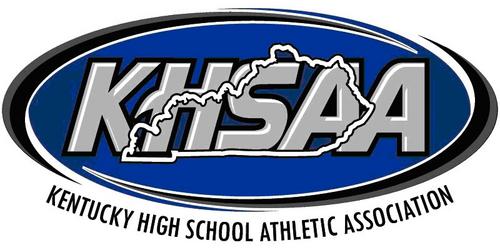But that ending is only part of the problem for an athletic department that is far more dependent on ticket revenue than most of the programs that it competes against in the Western Athletic Conference and next year will compete against in the Mountain West Conference.
“Football and football revenue is the generating cornerstone of every athletics department, so it’s something we always have to be cognizant of, where that revenue base is and how to maintain it,” athletic director Thomas Boeh said after the game.
Fresno State, according to figures compiled annually by USA Today, received more than $7.6 million from ticket sales in the 2009-10 academic year, which, at 28.67%, was the largest generator of its athletic department revenues.
The department also received more than $5.3 million in contributions, $4.9 million in direct institutional support and $2.1 million in royalties, licensing and sponsorships, which accounted for 19.89%, 18.63% and 8.22% of its total revenues, respectively.
In the WAC, Hawaii depended on ticket sales for 19.06% of athletic department revenues, while Nevada came in at 13.5%. Utah State received just 7.66% of its athletic department revenues for 2009-10 from ticket sales. At New Mexico State, it was 6.76%; at San Jose State, it was 4.6%; and at Idaho, it was only 4.47%.
A further decline in ticket revenues at Fresno State could hinder a department and athletic programs that already are struggling with budget cuts in recruiting and team travel, and is faced with a significant increase in the cost of tuition for its student-athletes if the Mountain West schools decide to adopt recently passed NCAA scholarship reforms.
Ticket sales already have fallen from $8.545 million in 2005-06 to $7.641 million in 2009-10, the most recent numbers available. In 2010-11, those numbers could be lower again — the 27,965 for the Louisiana Tech game marked the third crowd of less than 30,000 in four home dates for the Bulldogs, who 10 years ago had paid crowds of more than 42,000 for all six home dates and just five years ago had attendance of more than 39,000 for four of six home games and never fewer than 33,000.
Coach Pat Hill is never critical of the Bulldogs’ fan base and appreciates and often lauds its passion. It is his job, he said, to make sure they have a competitive football program to cheer, and in the loss to Louisiana Tech, they fell well short of that, trailing 14-0 after one quarter and 34-7 at halftime.
“The fan base has been good; we just didn’t give them anything to cheer about,” he said. “You know, we went through a whole new ticket renewal, lost our 10-year seat options and started over again. My job is to put a football team on the field that will make the fan base excited, and we did not do that this week. The fans that were here were very loud; we just didn’t give them much to cheer about.
“I’m not going to get too hung up on that right now. I’d love to see our fans here. But we need to concentrate on playing good football, keeping them in the stadium and giving them something to cheer about.”







